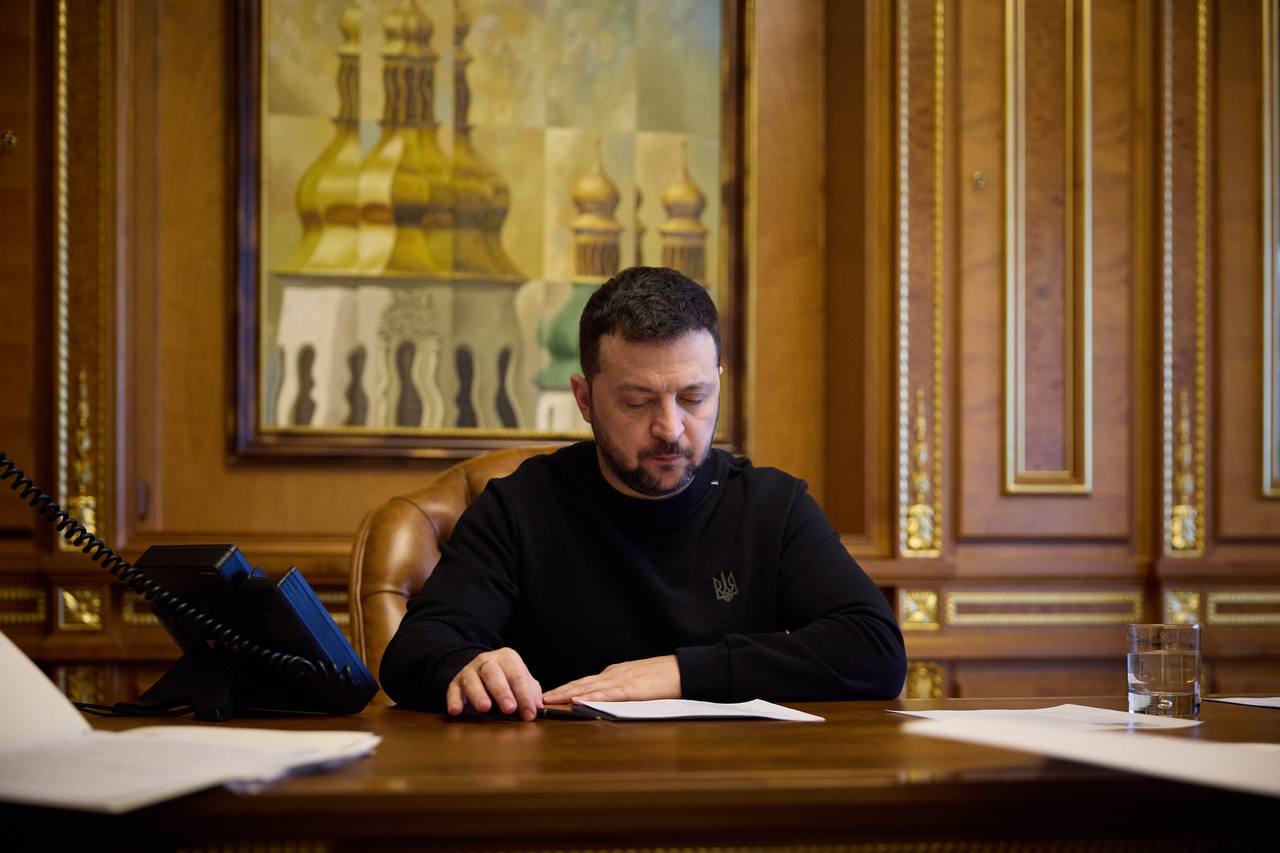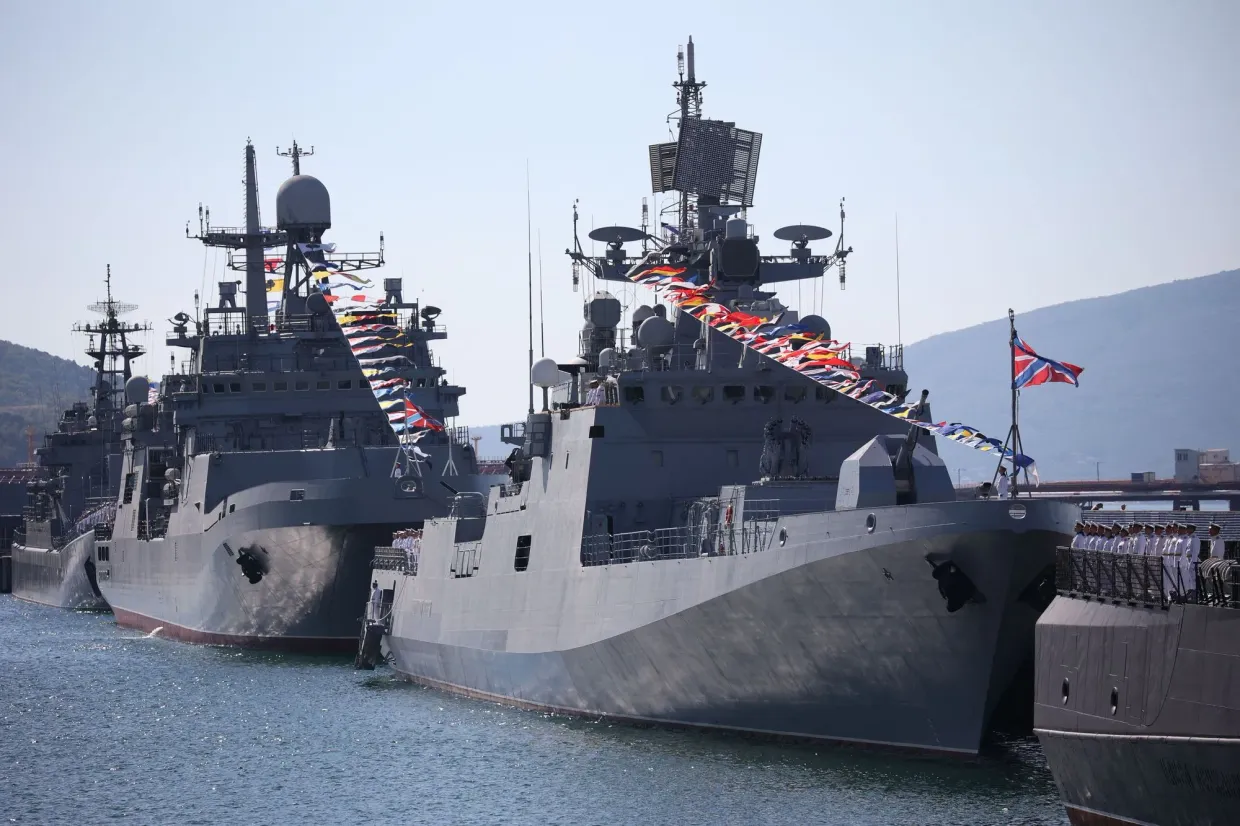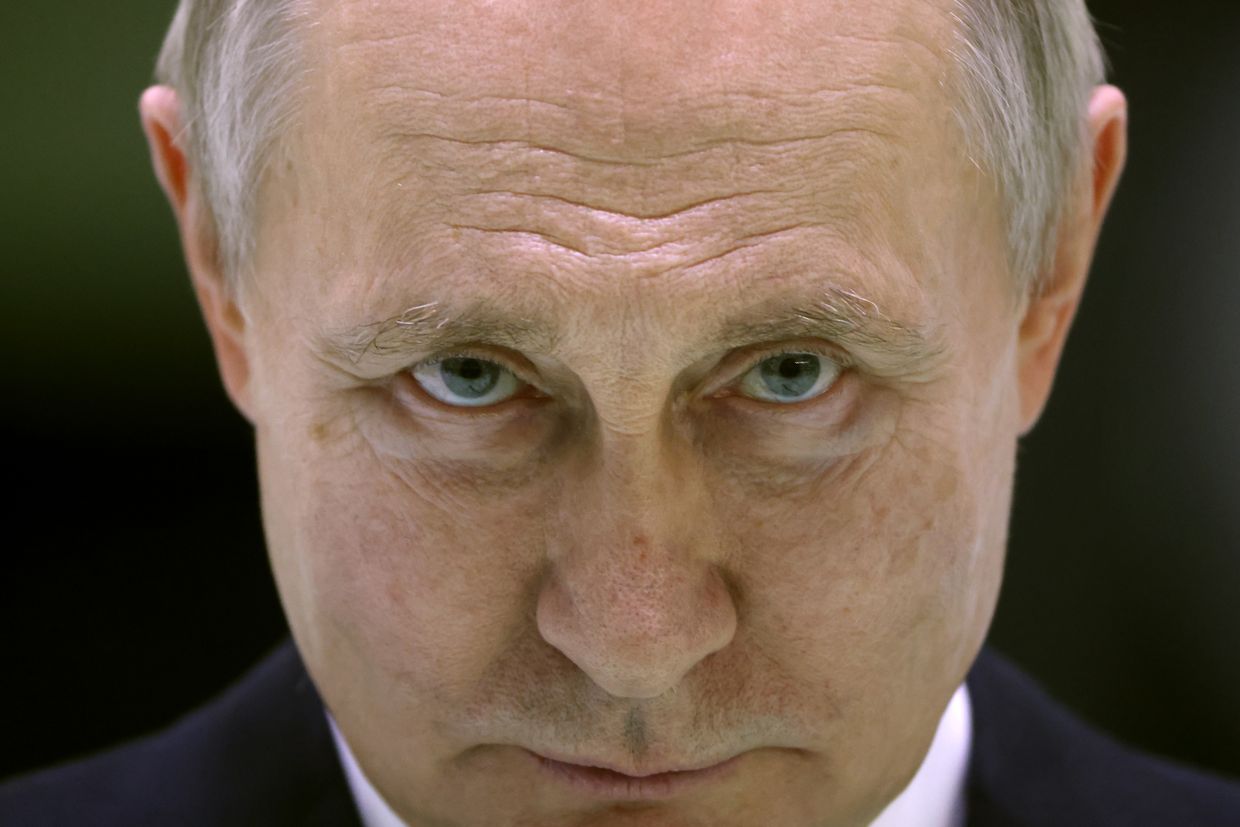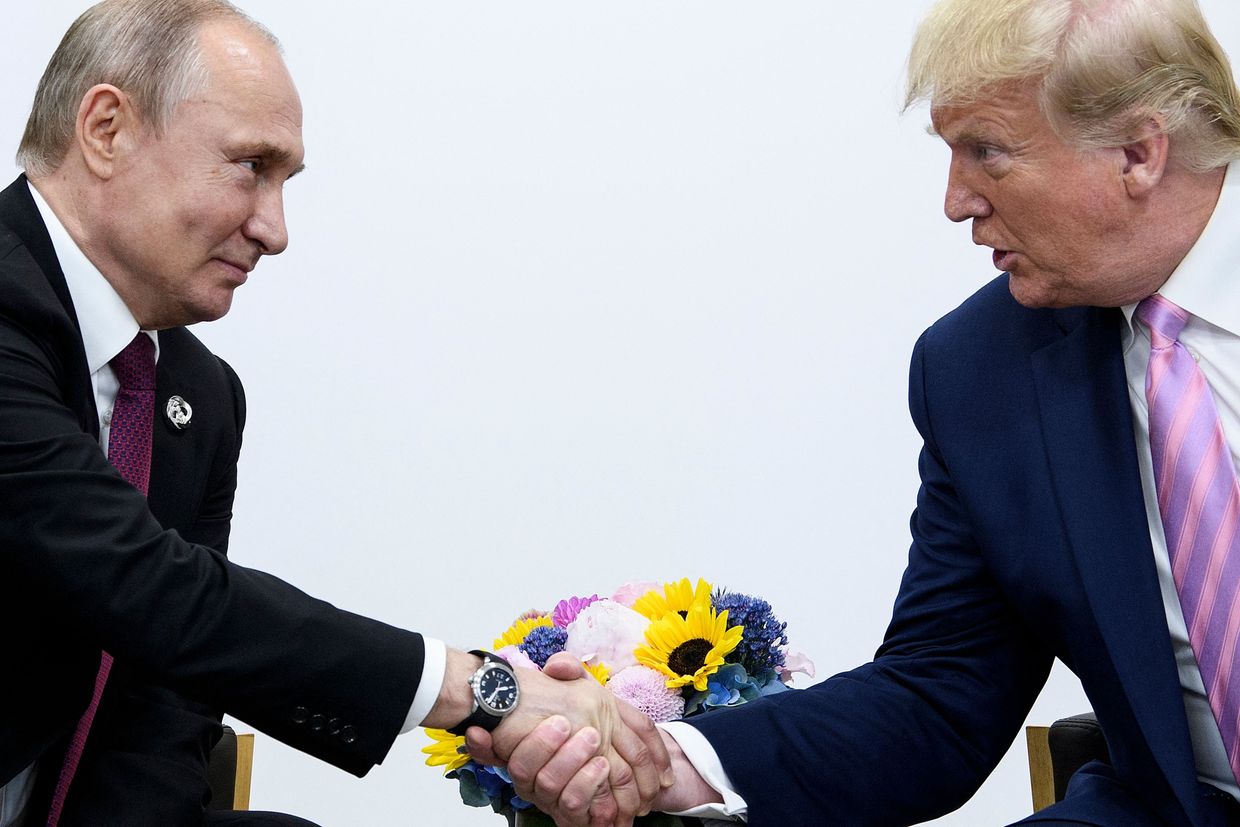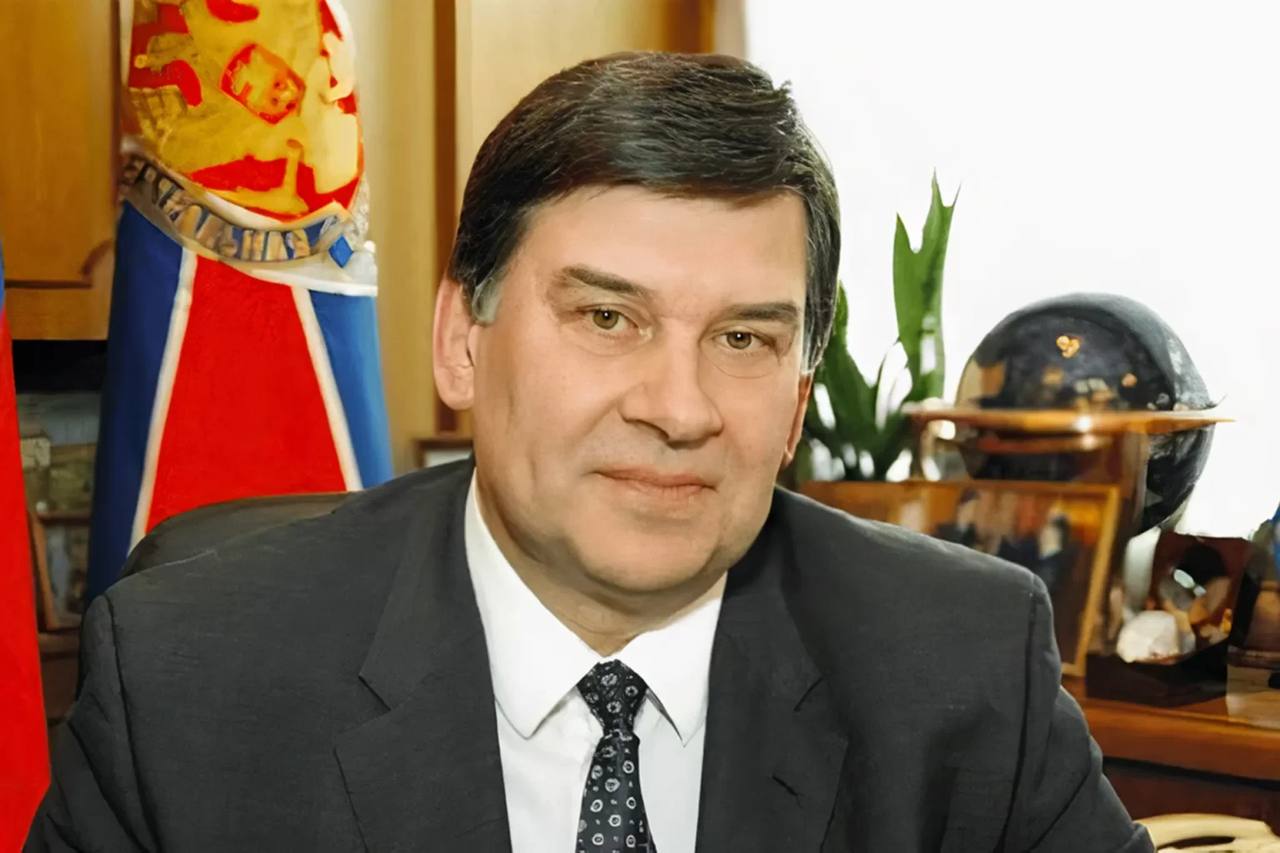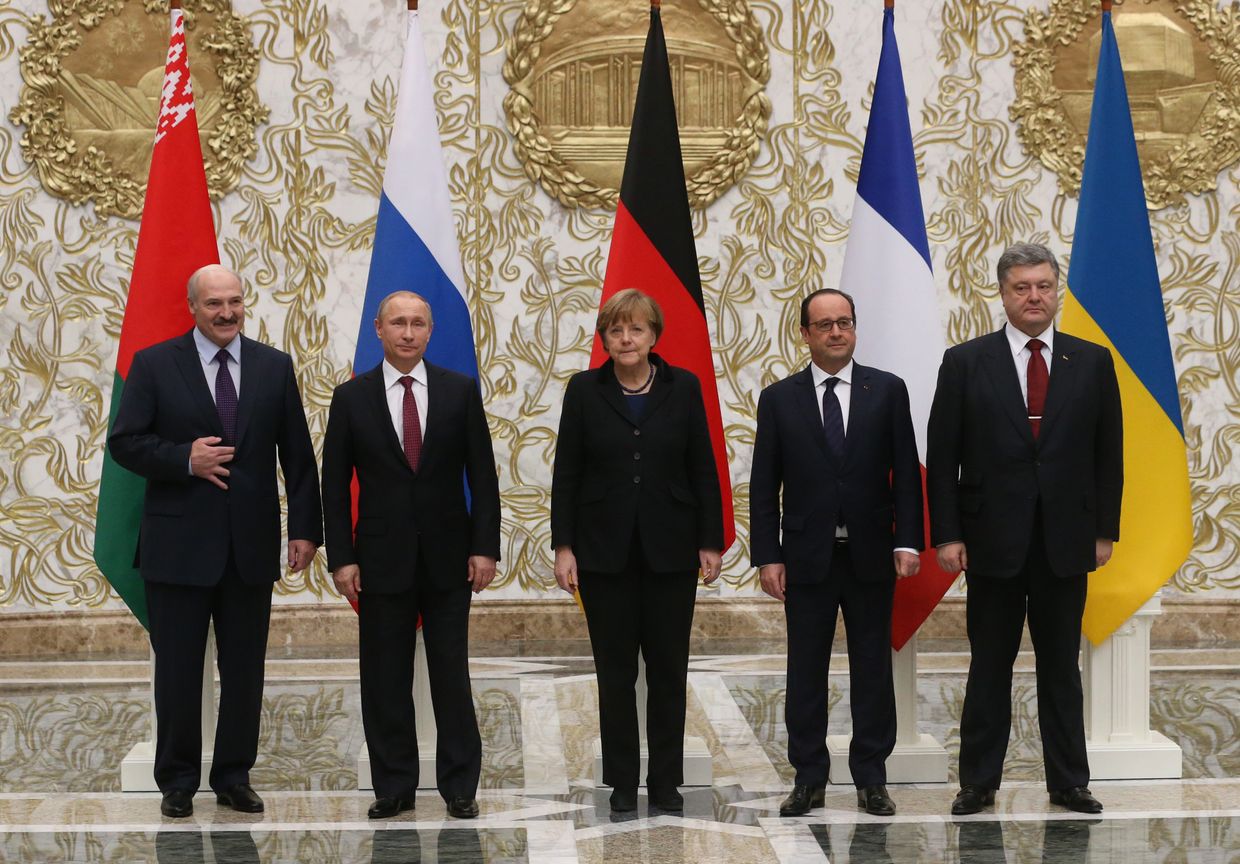While the outside world was commemorating the end of World War II, Ilya Samoilenko, a 27-year-old officer of the Azov regiment, was speaking online to the press from the basement of Azovstal.
“We feel abandoned,” said Samoilenko from the last Ukrainian stronghold of Mariupol, a city with a pre-war population of 450,000 people, now nearly completely destroyed by Russia.
“We knew a big war with Russia was happening and we were ready,” he added, saying that all Ukrainian governments of the past eight years are to blame for the failure to prevent encirclement.
As Russia launched an all-out war against Ukraine on Feb. 24, Mariupol became its major target. The largest city of Ukrainian-controlled Donbas was first hit on the next day.
After encircling the city in early March, coming from Crimea and the east, exceeding Russian troops have been squeezing Ukrainian defenders into one of Europe’s largest steel mills – Azovstal, located in the city’s eastern part.
Samoilenko said Ukraine could have done a better job of protecting this strategic port city.
“We got zero support – no air support, no artillery or ground support. We were left on our own," he said, yet adding that they are not planning on stopping the fight.
“Surrender is not an option.”
Azovstal stronghold
Azov soldiers and other regiments including Marines have been holding the Azovstal plant against all odds for months, transforming it into a fortress.
Russians have been attempting to storm the plant over the course of the past weeks, despite the ongoing evacuation of civilians. According to Azov, the outer defenses of the plant have been breached and the fighting continues inside the premises.
The site is a labyrinth of warehouses, furnaces, tunnels, and rail tracks going six stories underground with numerous bunkers where civilians and soldiers hid for two months, living in the dark in hard conditions.
Samoilenko said he couldn’t disclose the number of soldiers in the plant, but they still have provisions, water, weapons, and ammunition. Yet, they can’t use artillery and don’t receive any resupply.
Russian troops keep bombing the plant daily, attacking it with small groups to try and squeeze the regiment out of it. They use tanks, mortars, and artillery, escalating their tactics every day.
Samoilenko said that as of May 1 — a date corrected by Azov press service to April 15 — Azov destroyed almost 2,500 Russian personnel, and wounded more than 5,000, which accounts for 10% of Russian total losses, according to Ukraine’s General Staff.
Azov also destroyed up to 60 tanks and damaged about 30, Samoilenko said.
And this, despite being less equipped than other units on the frontlines. “We have not received any Javelin, any new transport,” he said.
However, despite a strong showing by Ukrainian defenders, the numerically superior Russian forces were able to inflict devastating damage.
While Samoilenko rejoiced over the successful evacuations of almost 1,000 civilians from the plant over the past week, it’s a bittersweet achievement.
“It’s heartbreaking to see politicians celebrating the evacuation of a small group of people, while up to 25,000 people were murdered in Mariupol,” Samoilenko said.
Far-right ties
The Azov Regiment is considered an elite fighting force of the Ukrainian National Guard, with historical ties to the far-right, something that the Russian propaganda and many foreign journalists have been exploiting for years.
“We have our obscure past,” Samoilenko acknowledged.
The unit was initially formed as a volunteer battalion in May 2014 by Kharkiv-based football hooligans, some of which had far-right views.
“We decided to leave our past behind and integrate into the military,” Samoilenko said.
As a battalion, the group has fought on the front lines against Kremlin-controlled proxies in Donetsk since 2014. It was incorporated into Ukraine’s National Guard in September 2014.
In Mariupol, Azov took the role of commanding other military units on the ground. Their resistance has inspired people to call them “heroes of Mariupol,” a label that Samoilenko took with humility, saying it’s his duty.
“Heroism appears when the general (command) structure fails,” he added.
Surrender is not an option
After being labeled “Nazis” by Russia and its supporters for years, Samoilenko has no illusion about the treatment Russia reserves for Azov fighters.
“We do not have high chances of survival if we’re captured,” Samoilenko said. “The only way to guarantee your life and to stay unashamed is to fight.”
Every person captured will be used to inflict political pressure on Ukraine, according to Samoilenko.
“You can try to cowardly escape, and only think about your life instead of your duty,” he said, referring to the commander of the 36th Marines Volodymyr Baraniuk, who tried to desert and got captured by Russian troops on May 8.
Baraniuk tried to escape the battlefield in a civilian car, but he lacked preparation, according to Samoilenko, and got caught.
“This variant brings shame and death.”
He also cited the example of a soldier captured by Russian forces and paraded until the moment his mother received a text with a picture showing the suffocated corpse of her son.
“For Azov members, capture means death,” said Samoilenko.
“We have solid proof of the enemy’s inhumane actions and infringement of all rules of war,” Samoilenko said, adding that Russian POWs were already exchanged for Ukrainian POWs but were sent back to Mariupol and killed in action.
Samoilenko dismissed the possibility of negotiating with “these animals.”
He disagreed about the potential negotiations between Kyiv and Moscow, was not picking words for the Ukrainian government and compared Russian dictator Vladimir Putin to a street thug.
“We showed the world you don’t have to be afraid of Russia, we’re expecting the same (from those in power),” Samoilenko said.
“It’s not so hard not to be afraid of Russia, just stand and fight.”





